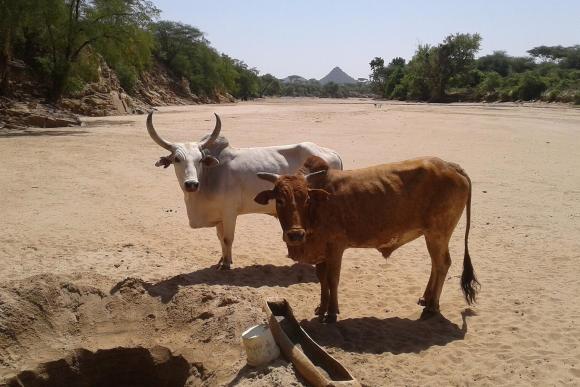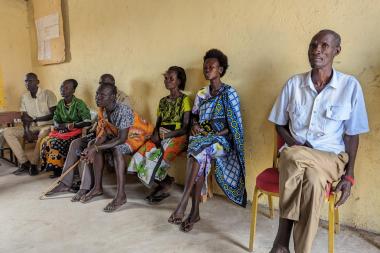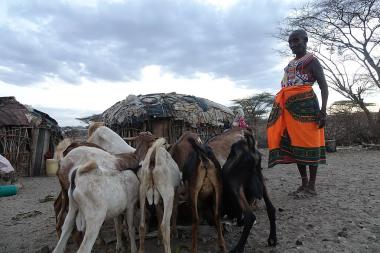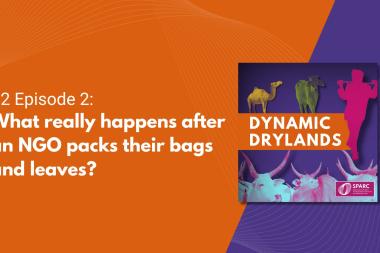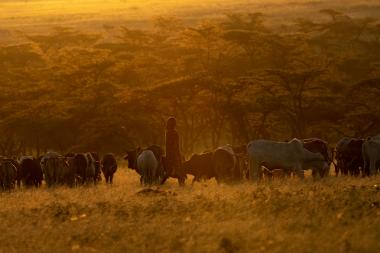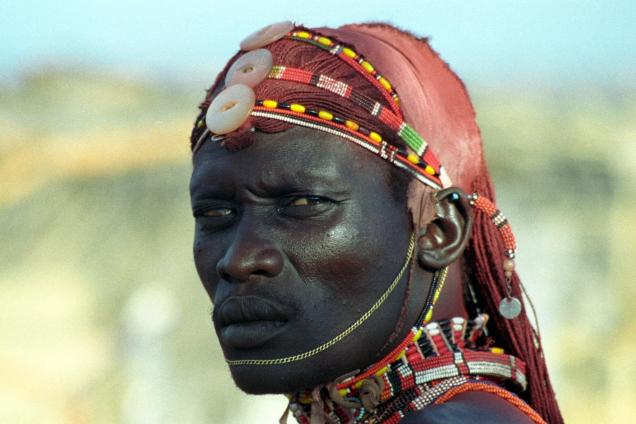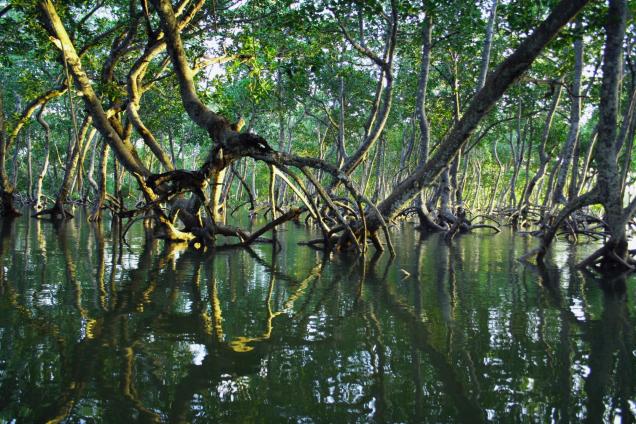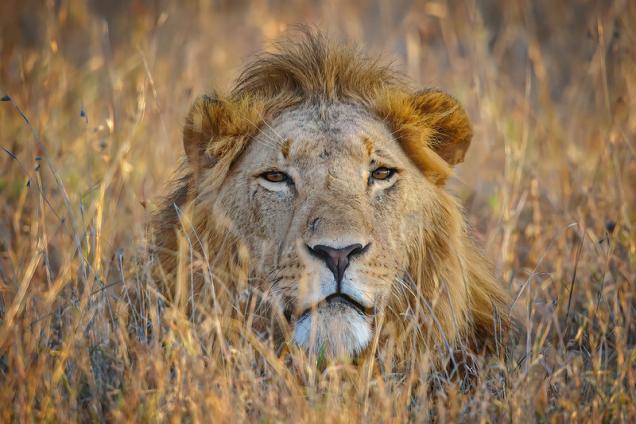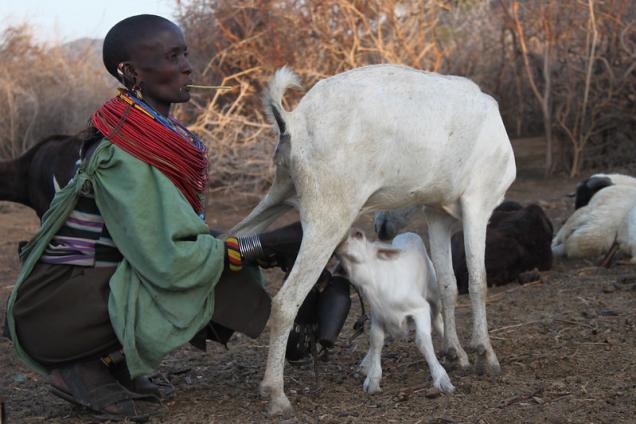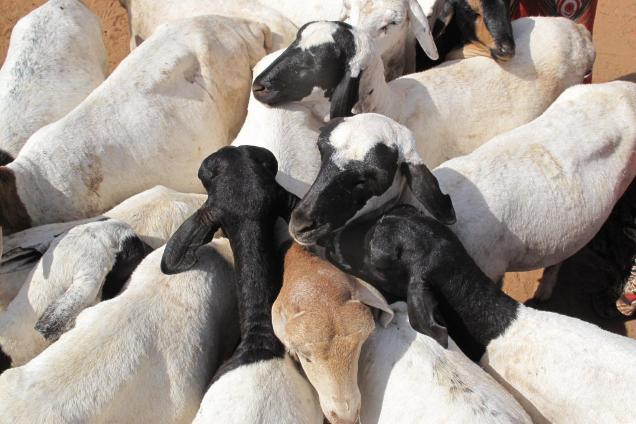Kenya
Africa
With a population of around 52.5 million people, around 90% of Kenya’s land area is arid or semi-arid. Almost 6 out of 10 of working Kenyans depend on agriculture for a living. As in other Arid and Semi-arid Lands (ASALs), mixes of pastoralism and agriculture dominate rural areas. Similarly to other countries in the region, Kenya is a major exporter of livestock to the Gulf. Around 11 per cent of Kenyans are between the ages of 17 and 19.
Exclude from innovations page filters Off